Descripción
Introducción
Los cierres de acción rápida de EMT, dispositivos de acción rápida diseñados para sellar embarcaciones a presión, son críticos para muchas aplicaciones industriales. A pesar de su utilidad, comprender los riesgos potenciales vinculados con estos cierres es de suma importancia para prevenir accidentes.
Características clave
- La primera característica clave de los cierres de actuación rápida de EMT es el advertencia de presión bloquear, una característica crucial diseñada para alertar a los operadores de cualquier Cambios de presión interna. Este sistema actúa como un mecanismo de alerta temprana, proporcionar a los operadores tiempo vital para reaccionar y mitigar los peligros potenciales. Monitoreando el niveles de presión internos del sistema, ayuda a evitar la apertura accidental bajo presión. Esta salvaguardia mejora la seguridad y la eficiencia general de la operación, asegurando que el equipo siempre esté en condiciones de trabajo óptimas. El uso de un bloqueo de advertencia de presión puede reducir significativamente el riesgo de daño del equipo y lesiones del operador debido a cambios inesperados de presión.
- En segundo lugar, la gran junta tórica del diámetro transversal juega un papel esencial en el sellado y la protección del sistema. Esta junta tórica robusta está diseñada para soportar fluctuaciones de alta presión y temperatura, por lo que es un componente confiable en entornos duros y exigentes. El tamaño y el diseño de la junta tórica aseguran que proporcione un excelente sello, evitando fugas y manteniendo la integridad del entorno interno. Este tipo de mecanismo de sellado es crucial en muchas industrias, incluidos el petróleo y el gas, donde la prevención de fugas es de suma importancia.
- La tercera característica principal de los cierres de actuación rápida de EMT es la opción para las puertas de apertura izquierda y derecha de la mano y la opción de brida. Esto proporciona un alto grado de flexibilidad y conveniencia para los operadores. Dependiendo del diseño específico del espacio de trabajo o la preferencia del operador, las puertas se pueden configurar para que se abran a la izquierda o a la derecha. Esto lo hace más adaptable a diferentes escenarios de instalación. La opción de brida extiende aún más esta versatilidad, lo que permite que el equipo se integre fácilmente en una variedad de Configuraciones del sistema. Esta característica mejora la ergonomía y la facilidad de uso, lo que hace que el equipo sea más fácil de usar.
- Por último, hay una característica de seguridad opcional de los cierres de actuación rápida de EMT: una asistencia de tornillo lateral para cierres de 24 a 30 pulgadas. Esta característica está diseñada para proporcionar soporte y seguridad adicionales al operar cierres más grandes. El mecanismo de asistencia de tornillo lateral hace que sea más fácil abrir y cerrar cierres más grandes, reduciendo fatiga del operador y aumentar la seguridad general. Además, puede ayudar a garantizar que los cierres estén de forma segura, lo que reduce el riesgo de apertura accidental. Esta característica opcional es especialmente útil en operaciones que con frecuencia se ocupan de cierres más grandes, ofreciendo una capa adicional de seguridad y conveniencia.
Cierres de actuación rápida: una descripción general
Estos cierres vienen en varias formas, incluidas las puertas de tipo de orina entrelazados, la expansión o la contraata de puertas de tipo anillo, puertas de tipo de abrazadera, puertas de tipo de pestillo de levas, puertas de tipo de bloqueo y puertas de tipo perno de balanceo. Cada tipo, aunque sirve la misma función básica, tiene características y consideraciones únicas.
Peligros y accidentes: una verificación de la realidad
La historia de accidentes industriales está lleno de incidentes catastróficos que involucran cierres rápidos de actuación. Diseñe fallas y defectuoso mecanismos de bloqueo a menudo han sido los culpables. Los dispositivos de seguridad, cuando se incorporan correctamente, pueden desempeñar un papel esencial en prevención de accidentes.
Seguridad operativa: más que solo operación
Capacitación y supervisión adecuadas de los operadores, el establecimiento de Procedimientos operativos seguros, Mantenimiento preventivo regularLas inspecciones y el mantenimiento de registros meticuloso son cruciales para garantizar la operación segura de estos cierres.
Inspección y prueba: una necesidad crítica
Las inspecciones de cierres rápidos de acción, tanto mensuales como anuales, son cruciales para detectar cualquier problema potencial. Se debe prestar especial atención a piezas como juntas, bisagras, anillos de bloqueoy dispositivos de seguridad. El compromiso incompleto de estas partes puede tener serias implicaciones de seguridad.
Prevención de accidentes: donde las máquinas se encuentran con humanos
Los enclavamientos de seguridad y los sistemas de interconexión son importantes, pero también es esencial garantizar que el recipiente esté completamente ventilado antes de abrir la puerta. Los operadores de exceso de confianza pueden conducir a la complacencia. Educación continua y conciencia de seguridad por lo tanto, son clave para prevenir accidentes.
Mantenimiento de cierres de actuación rápida de EMT
El mantenimiento adecuado de los cierres de apertura rápida es fundamental para prolongar su vida operativa. Esto incluye mantenimiento de superficies pintadas, recubrimiento de superficies no pintadas con protectores meteorológicos y lubricación de superficies de sellado, típicamente con una capa de grasa ligera.
Para los cierres equipados con zerks (accesorios) en brazos de bisagra o mecanismos de pestillo, se recomienda el engradamiento de rutina. Los cierres de apertura rápida utilizan predominantemente juntas tóricas para garantizar un sello de presión. Es crucial que estas juntas tóricas sean compatibles con el producto con el que se usan. Los materiales de uso común incluyen Hola N., fluorocarbono (viton) e hidrogenada Buna N.
Para evitar la interrupción en las operaciones, es aconsejable mantener fácilmente las juntas tóricas de repuesto. Esto se debe a que las juntas tóricas pueden deteriorarse o hincharse cuando se exponen al medio ambiente, lo que requiere un reemplazo inmediato. La hinchazón de la junta tórica puede dificultar o cerrar el cierre.
El indicador de advertencia de presión también está sellado con una junta tórica pequeña, que debe inspeccionarse y reemplazarse regularmente si es necesario.
Algunos cierres cuentan con ajustes en el bisagra para alinear la puerta con el centro. Si abrir o cerrar la puerta se vuelve desafiante, se puede requerir un ajuste. Esto podría deberse a varias razones, como el tratamiento térmico posterior a la solilla (PWHT), el mal manejo del cierre, la soldadura al recipiente o el desgaste con el tiempo.
Conclusión
La responsabilidad de garantizar la operación segura de los buques con cierres de actuación rápida de EMT radica no solo con los operadores, sino también con los diseñadores. Mantenimiento planificado y procedimientos operativos jugar un papel importante en esto. Mantenerse al tanto de la corriente Caldera asme y Requisitos del código de la embarcación a presión También es crucial a este respecto.

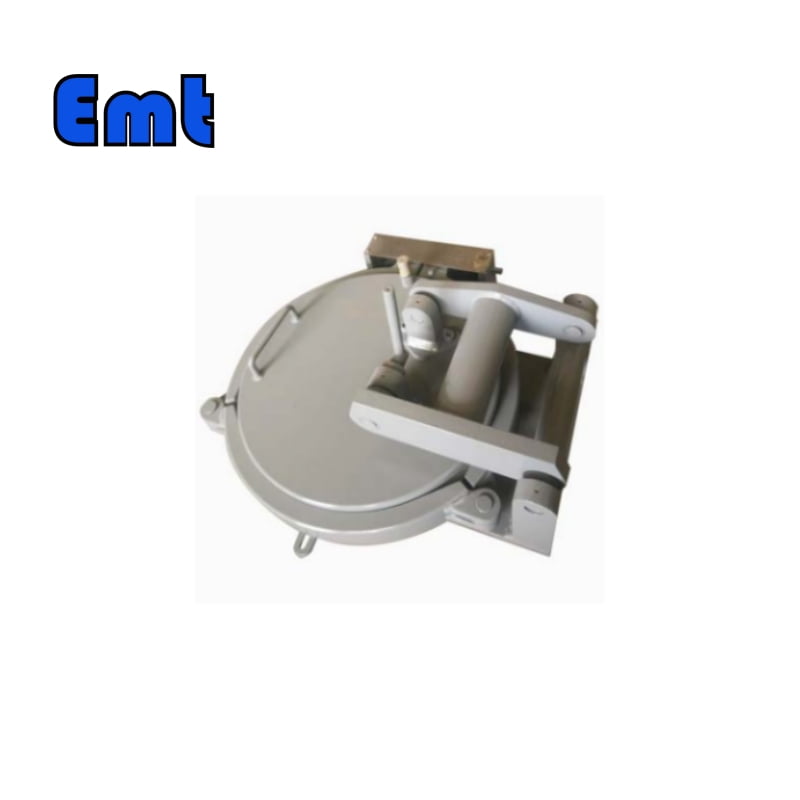
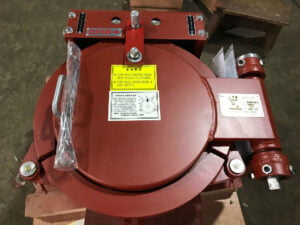
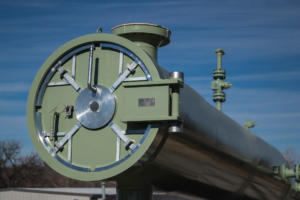
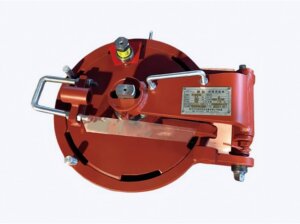
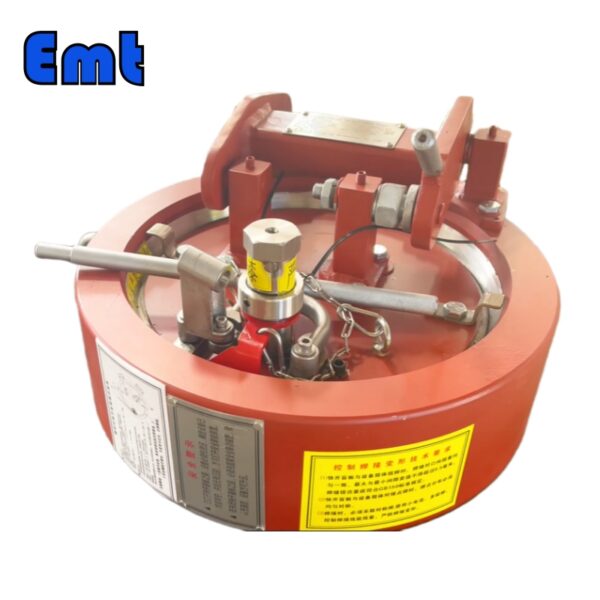
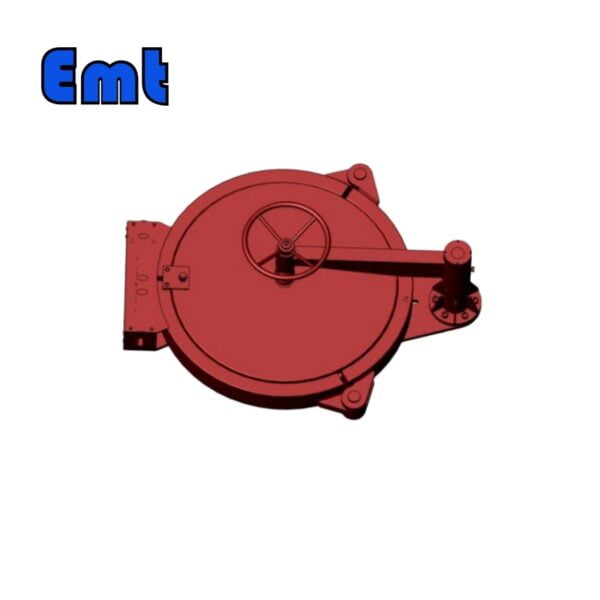

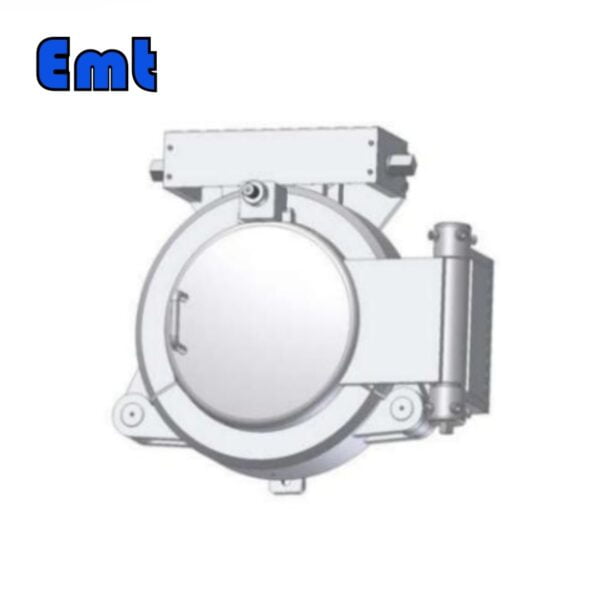
Reseñas
Aún no hay reseñas.